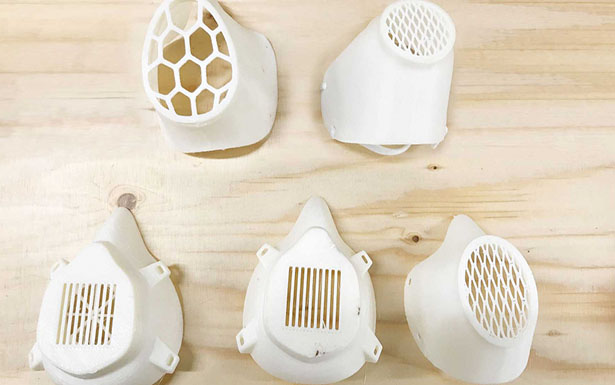COVID-19 Faces a Relentless Enemy: Biocompatible ABS for Medical Devices
When it was believed that plastic and its various applications were the enemy to defeat, this material comes to the defense, even of the most stoic detractors, since ABS (Acrylonitrile Butadiene Styrene), biocompatible for medical devices, is a plastic that is front battling COVID-19.
In response to the high demand for ABS medical masks, ventilator valves and other medical devices in hospitals, ELIX Polymers, for example, donated a medical grade material: ELIX ABS 3D-FC, designed for the transformation into filaments in a 3D printing process of FFF (fused filament manufacturing).
It should be noted that, in the fight against COVID-19, the company collaborates with a wide range of companies within ClusterMAV, the Cluster of Advanced Materials of Catalonia, Spain.
Biocompatible ABS for medical devices is being used by Ford Motor Company (which has exchanged part of its automobile production for medical equipment), the research organization Aimplas and two Spanish plastics processing companies, PESL and SIIM.
According to Luca Chiochia, Business Development Manager at ELIX Polymers, many companies with 3D printing capabilities make their equipment available to the community to produce medical parts.
“The demand for 3D printing filaments in Spain is being channeled through the 3Dcovid19.tech digital platform, an initiative that links the needs of hospitals and 3D printing production resources, as well as ClusterMAV and FENAEIC.”
Additive Manufacturing
Ford has 15 3D printers at its Valencia facility to produce face shields at a rate of 300 units a day. The filaments, which are manufactured in extruders operated by volunteer employees, are used to print the head holders of the face shields.
“The assembled protectors are sent to an ozone disinfection center coordinated by the Ministry of Health in Valencia, and then distributed to hospitals and assistance centers to deal with COVID-19.”
Fabian Herter, Marketing Manager at ELIX Polymers, ensures that the availability of specific molds that can be used for these medical applications has been essential, along with the availability of material to make injection molding production feasible.
However, he points out, 3D printing has been the key to enabling the rapid provision of solutions: “it is exceptionally versatile, so it can produce components for very diverse medical devices without the need to use specific tools. In addition, production can take place very close to hospitals ”.

